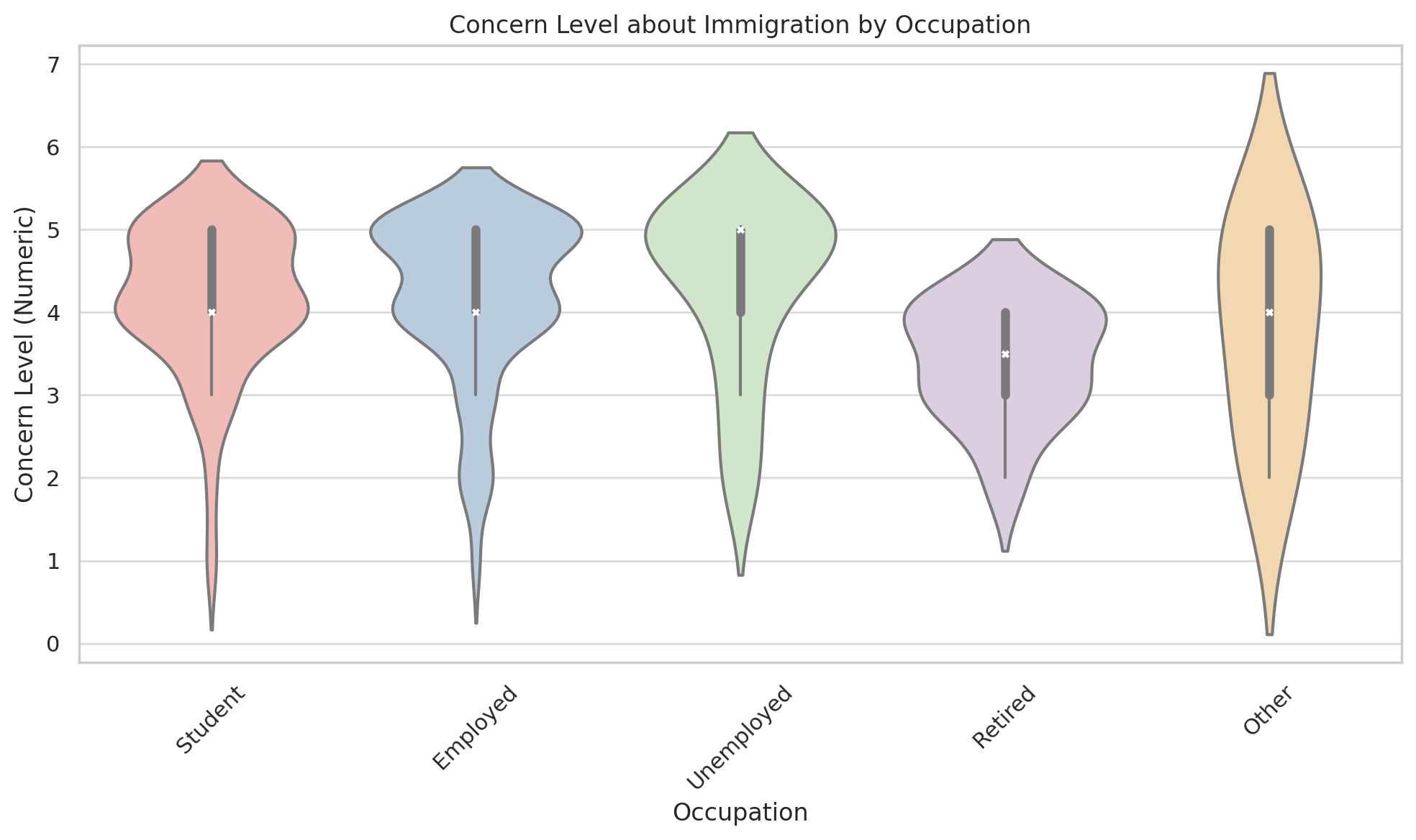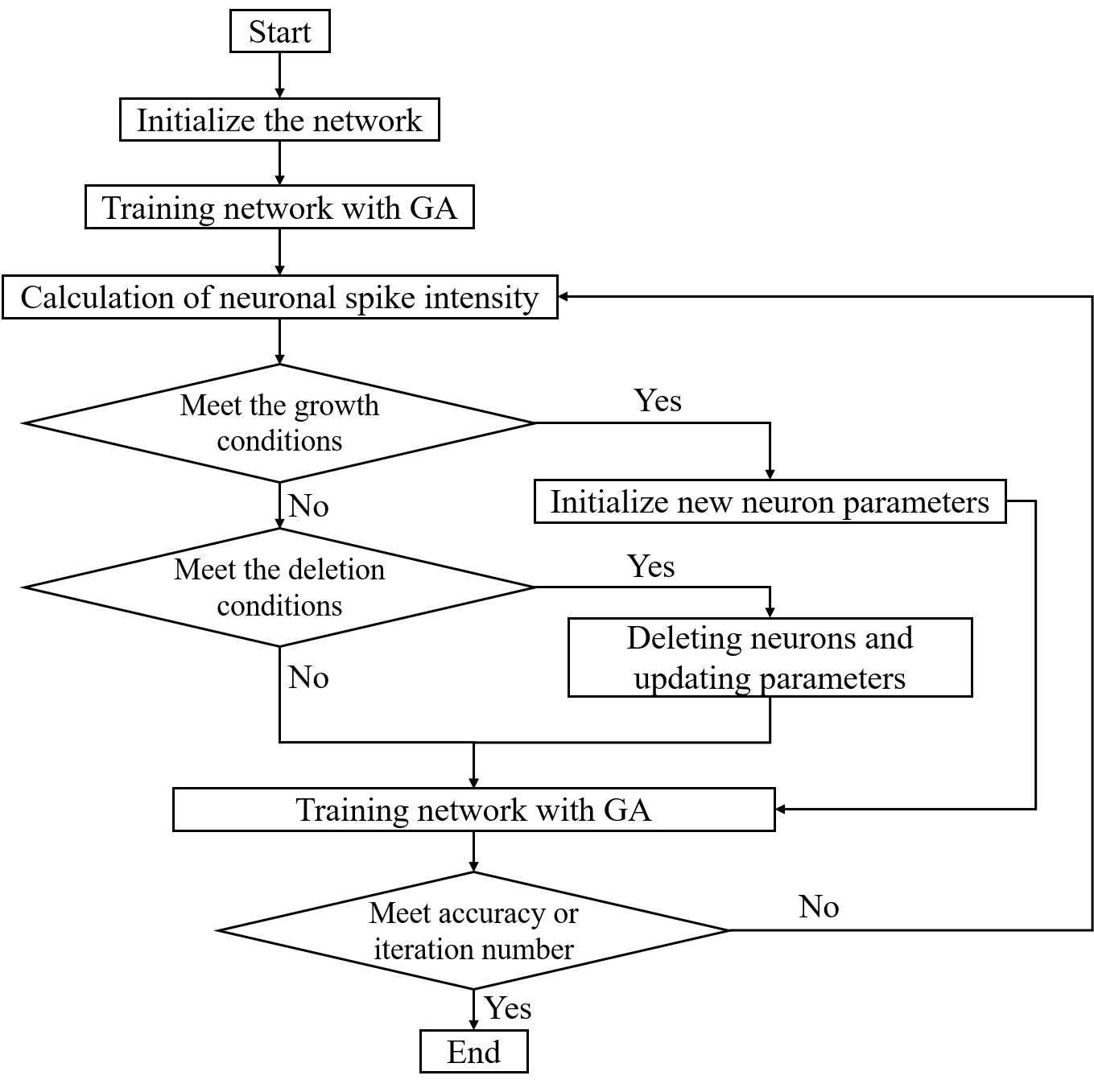 An open access journal
An open access journal
Biophilic Design: Enhancing Well-being through Nature-Inspired Spaces
Abstract
Biophilic design is a transformative approach to architecture and urban planning that seeks to connect people with nature through the integration of natural elements and patterns. This paper explores the significance of biophilic design, emphasizing its role in enhancing well-being, productivity, and sustainability. It delves into various aspects, including biophilic principles, biomimicry, and nature-inspired interiors. The discussion includes the benefits of biophilic design, such as stress reduction, improved cognitive function, and energy efficiency. Moreover, the paper addresses the challenges and implementation considerations in creating biophilic spaces, including design guidelines and cost-effectiveness. Through a review of biophilic design projects and research, the study highlights the positive impact of nature-inspired environments on human health and happiness.
Share and Cite
Article Metrics
References
- Beatley, T. (2011). Biophilic cities: Integrating nature into urban design and planning. Island Press.
- Browning, W. D., Ryan, C. O., & Clancy, J. O. (2014). 14 Patterns of Biophilic Design: Improving Health & Well-being in the Built Environment. Terrapin Bright Green.
- Kellert, S. R., Heerwagen, J., & Mador, M. (2008). Biophilic design: The theory, science, and practice of bringing buildings to life. John Wiley & Sons.
- O'Brien, L., Burls, A., Townsend, M., Ebden, M., & Volmink, J. (2011). Green spaces and health: a systematic review of the evidence. British Journal of Sports Medicine, 45(14), 1148-1156.
- Ryan, C. O., Browning, W. D., Clancy, J. O., Andrews, S. L., & Kallianpurkar, N. B. (2014). Biophilic design patterns: emerging nature-based parameters for health and well-being in the built environment. International Journal of Architectural Research: ArchNet-IJAR, 8(2), 62-76.






